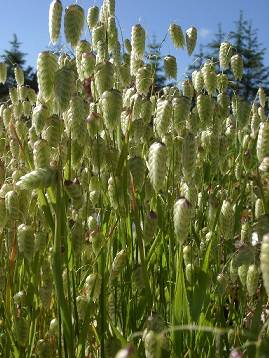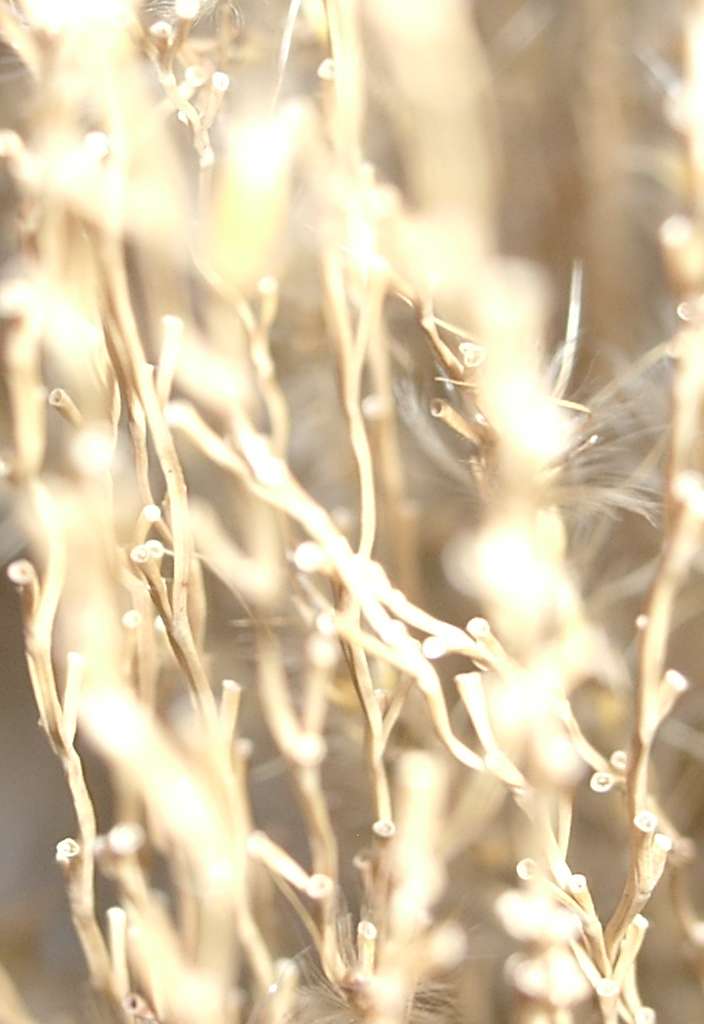Milliways Mail order shop: Advice, tips and tricks.

Lime and Liming Soils
Liming of garden soils is a long-standing horticultural practice. It is seldome done by the averag egardener, how ever it can yeild significant results. Just as we need salts plants need lime.
Liming helps to maintain a healthy balance between the soil's acidity and its alkalinity. This degree of acidity or alkalinity is measured using the pH scale, ranging from 1 (highly acidic) to 14 (highly alkaline). An increase in pH from 6 to 7, for example, records a 10-fold increase in alkalinity. A pH of 7 is neutral, with conditions neither acid, nor alkaline. In garden soils, you are unlikely to experience soil pH values outside a range of pH4-pH9.
The optimum pH for most garden plants and vegetables is 6.5 (slightly acid). If the pH varies significantly from this value, plants may exhibit signs of nutrient deficiency. High pH levels cause a reduction in phosphate and trace element availability, while low pH levels reduce the availability of nitrogen, potassium and magnesium, and discourage earthworm activity.
Lime provides a source of calcium and raises the soil pH. It is used to counter acidity brought about by the effects of certain acidic fertilisers and the action of rainwater, a weak acid. Soil structure, particularly in clay soils, may also be improved by lime applications. Reducing the acidity of soil by liming can encourage improved root development and increase the number of micro-organisms. These in turn improve the crumb structure and organic matter levels in the soil ultimately leading to improved crop growth.
It is very important to carry out a pH test to determine whether liming is necessary. If your soil already has a pH of 6.5 or higher, liming will be of little benefit and may in fact be detrimental. The autumn is the best season for liming soils, just prior to digging, as the lime can take effect over the winter months and will not damage young growth. Lime should not be applied at the same time as organic matter or fertilisers, when it may cause the release of ammonia, which wastes nitrogen and may damage tender growth. Some gardens may have been old farm land and the soil can be exhusted.
The two types of lime commonly used by amateur gardeners are calcium hydroxide (hydrated lime) and calcium carbonate (ground limestone or chalk). Calcium hydroxide is soluble in water and has a stronger liming action than calcium carbonate, but is less pleasant to handle and easier to over apply. Calcium carbonate is now the most widely available and preferred liming material. It is sold under various names such as carbonate of lime, garden lime, ground limestone or ground chalk.
Application rates vary with soil type and degree of pH change required. As a general rule, a loam soil will require an application of 190g per sq m (6oz per sq yd) of calcium carbonate to raise the pH by half a unit. A clay soil will require 420g per sq m (12oz per sq yd) and a sandy soil slightly less - 140g per sq m (4oz per sq yd). If a greater change in pH is required, it is better to add the lime in small amounts over a period of time (rather than all at once). Its take a bit of working gout but it can make massive improvements to your plants health and your gardens appearance.
MORE TO FOLLOW
UNDER CONSTRUCTION BETA SITE LIVE IN MARCH. Email us to be notified of final site.
